Bees are among the most incredible creatures in the natural world. From their quirky behaviors to their surprising cognitive abilities, these buzzing insects are full of surprises. Here are seven fascinating facts about bees that will leave you in awe: 1. Bumblebees Are Legally Fish in California In a landmark 2022 decision, the California Supreme…
5 Surprising Fun Facts About Termites
The intricate world of termites often goes unnoticed, but these small creatures harbor some of the most fascinating behaviors and capabilities in the animal kingdom. Termites might just be small insects to many, but they’re behind some mighty feats that mirror the complexities of human societies. Let’s delve into five fun facts about these underestimated … Continue reading 5 Surprising Fun Facts About Termites
Idle Nature: The Unexpected Downtime in Insect Communities
Surprisingly, a significant number of animals, including those we typically consider industrious, spend a considerable amount of their time seemingly idle. Observations of social insect communities, such as ants or bees, reveal that roughly less than half of the population are often stationary, appearing to do nothing.
These Insects Preserved in Amber Are Still Glowing Nearly 100 Million Years Later
Scientists can learn so much from studying fossils. But these precious pieces of preserved life still leave us those science sleuths with many unanswered questions.
For example, scientists can’t tell what color an animal was based on just a fossil. Luckily, though, there are exceptional cases that do allow scientists to glean more information than what happens in most cases.
Photo Credit: NIGPAS
Recently, a team of researchers at the Nanjing Institute of Geology and Paleontology published a paper in the journal Proceedings of the Royal Society B. And in doing so, the group successfully identified the true colors of three ancient insects that have been preserved in amber.
Incredibly, the insects have been on Earth for quite some time—99 million years to be exact (kind of). By staying preserved in amber, scientists have been able to see their true color, which certainly represents a rarity in the field of fossils.
James Lamsdell, a University of West Virginia paleobiologist who was not involved in the research, said…
“The way that the color is preserved in these things is really remarkable.
There have been reports of color in the fossil record before, but often what we’re looking at is not the true color, because it’s been changed by the fossilization process.”
Though in some cases finding the true color proved difficult, Lamsdell explained that scientists can gather clues from the cellular structure of the exoskeleton and extrapolate what the color most likely was.
Photo Credit: NIGPAS
However, in this case, after polishing the amber off the specimens, scientists could see blue, green, and purple colors when viewing the insects.
While the discovery certainly deserves attention, it also brought up a potential downside. Because amber comes from the sap produced by trees in Myanmar’s Kachin state, that means harvesting amber has become a lucrative business that can have a negative effect on the environment.
Photo Credit: NIGPAS
Perhaps in showcasing these awe-inspiring insects, scientists have also shed light on the potential dangers of amber harvesting.
Have you ever taken a look at fossils back in science class or at a museum? What interests you in learning about ancient animals? Tell us more in the comments below!
The post These Insects Preserved in Amber Are Still Glowing Nearly 100 Million Years Later appeared first on UberFacts.
People tend to find fewer insects…
People tend to find fewer insects smashed on the windscreens of their cars now compared to a decade or several decades ago. This is called the windshield phenomenon.
The post People tend to find fewer insects… appeared first on Crazy Facts.
A Biology Student Gave Wasps Access to Colored Paper and They Made Rainbow Nests
I’m not sure I can ever be a wasp lover…
That said, they can built some pretty-looking nests if you give them some colorful tools!
University of Florence biology major Mattia Menchetti came up with the idea: he would slowly fed a captive colony of paper wasps different colors of paper over time.
The result? Nests that look more like trippy kaleidoscopes than the houses of terror that they actually are.
It’s not the first time scientists have realized that the insect world can get more colorful than nature intended – sometimes, with no intentional human intervention at all. In 2012, a group of French beekeepers discovered that their bees were creating green and blue honey. The culprit?
Bits of M&M shells they had found at a nearby waste processing plant.
French Bees Create Blue and Green Honey After Raiding M&M’s Factory. Here's one of those honeycombs
(https://t.co/A6LkSjDO6O) pic.twitter.com/C3cADgof1b— 41 Strange (@41Strange) July 7, 2019
Honestly more depressing than magical, if you ask me. Which no one did, I realize.
These pictures still 100% give me the heebies, even if they’re technically pretty.
What about you? Are you a wasp fan now?
If so, please explain yourself or submit for voluntary psychological hold.
It’s for your own good, I swear.
Check out Mattia’s Twitter or Facebook for more pics like these, or to see what amazing thing this young scientists comes up with next!
The post A Biology Student Gave Wasps Access to Colored Paper and They Made Rainbow Nests appeared first on UberFacts.
This Is Why You Should Never Squash a Stink Bug
If you live in the U.S., there’s a good chance you’ve encountered a brown marmorated stink bug – though the species is native to Asia, it has now been spotted in 43 states since its arrival around 1998.
Though they typically remain outdoors (unless they find themselves carried inside on clothing or other material), they might come inside seeking warmth in the cooler months of fall and winter. Since they’re not small – typically a half-inch long or more – you’ll probably spot them when they do.
But even though our justice against insect invaders is typically swift and mortal, common sense should prevail with stink bugs – don’t squish them.
I mean, unless you enjoy the pungent aroma of skunk or rotten cilantro permeating your rooms.
They’re called stink bugs for a reason: the bugs release a terrible scent whenever they feel threatened, and that includes as they die. So really be careful in handling them, period.
Things to try: nudging them alive onto a piece of paper or into a cup, using a vacuum, or leaving out trays of soapy water in the hopes they might take their own lives.
The good news is that you’ll probably only see a few in your house, if any, so you shouldn’t have to figure out how to handle an army of the little buggers.
Another bright spot, scientists are saying that the samurai wasp – the stinkbug’s natural predator in its native habitat – has arrived in the United States. The parasitic wasp has been spotted in 10 states and is expected to spread.
I’ll let you decide whether or not you consider that good news.
I definitely to do. *shudder*
The post This Is Why You Should Never Squash a Stink Bug appeared first on UberFacts.
Do You Have Cockroaches in Your House? Keep Them Away Using Peppermint Oil.
This sounds gross, but there are cockroaches all of the place where I live. Huge, nasty bugs that move a million miles an hour and (obviously) have no regard for my personal space. I live in North Carolina, and when I first relocated here, I was shocked at how many there were (people here misleadingly call them “Palmetto bugs”), but now I guess I’ve gotten used to it.
If you’re in the same boat as me (and you probably are if you live in certain parts of the country), here’s a home remedy you should consider to keep those pesky bugs out of your house and out of your life, especially if you prefer to use non-toxic products.
Researchers from Auburn University released a study that shows that a mix of peppermint oil and white vinegar will keep roaches (and spiders) away.
Here’s what you should do: put 10 drops of peppermint oil into a spray bottle along with two parts water and one part white vinegar. Spray the mixture around your cupboards, along your baseboards, under your sink, near door entrances, and anywhere else you think roaches might be lurking. This will not kill the roaches, but it will keep them away from the sprayed areas—and hopefully out of your hair (sometimes literally).
Another tip: you can also use peppermint oil by itself to wipe down countertops.
Give this a shot and see how it works for you—I know I’m going to. If you’re not seeing any improvement, it might be time to call in an exterminator.
The post Do You Have Cockroaches in Your House? Keep Them Away Using Peppermint Oil. appeared first on UberFacts.
Why Are Bugs So Darn Loud?
You’re outside on a warm summer evening: there are no cars, no voices, just the overwhelming cacophony of BUGS. Tons of them. It sounds like a symphony in the trees of nonstop chirping from cicadas, crickets, and other insects. If you’ve ever camped in a national park or a forest, you know exactly what I’m talking about. The forest comes alive and it gets so loud that you are taken aback.
But did you ever ask yourself the question, “Why are bugs so darn loud?” Especially when you look at them and see how little they are?
Let’s take a look at how three small insects make all that noise.
Katydids
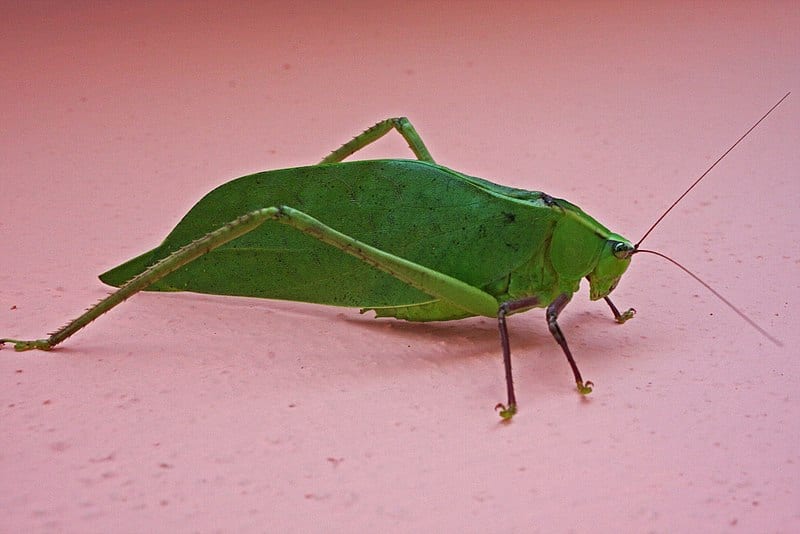
Photo Credit: Wikipedia
A lot of the noise you hear from katydids is associated with mating. These insects rub their wings together in a method known as “stridulation,” producing a buzzing sound. Of course, it’s the males that stridulate, since they’re the ones doing the attracting.
Cicadas
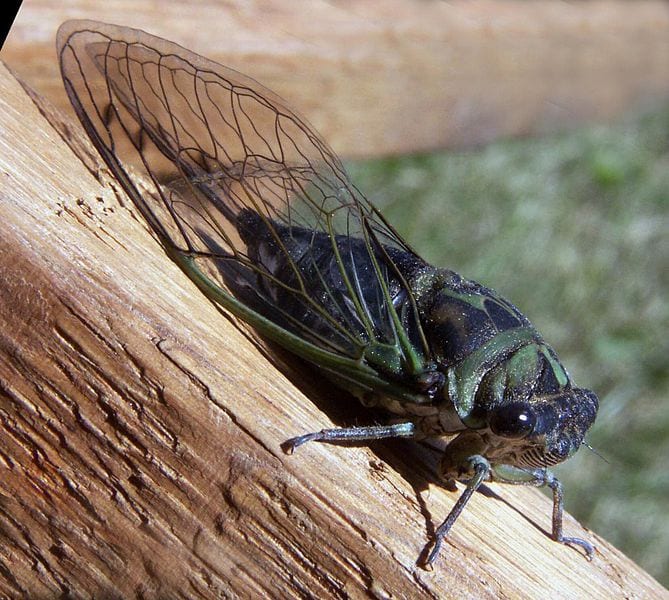
Photo Credit: Wikipedia
Only male cicadas make noise, just like katydids and crickets. Unlike katydids, cicadas don’t only make noise to mate, but also to scare off other male bugs and to send out distress signals. To make noise, male cicadas use tymbals, special noise-making organs that are located on their abdomens. Most of the rest of a cicada’s abdomen is hollow, which helps to amplify the noise.
They’re also able to fold their eardrums closed, which is good news for them because they are loud.
Crickets
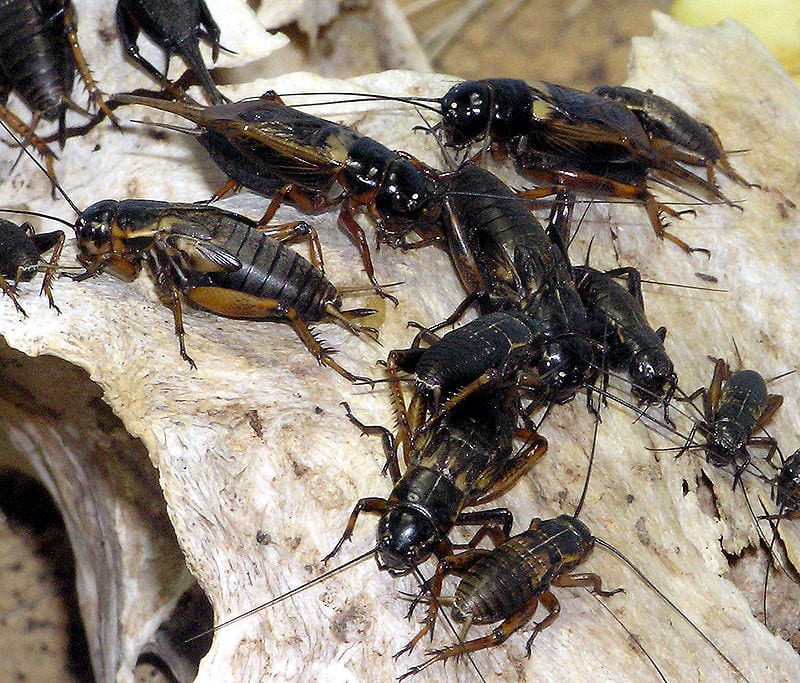
Photo Credit: Wikipedia
Crickets, crickets, everywhere! Crickets rub their wings together to make noise, but they emit a lower frequency than katydids, which results in a more musical sound instead of a buzzing noise. Crickets also use noise to attract potential mates, and they have a number of different ‘songs’ for different parts of the mating ritual: attracting a mate, wooing a mate, and warning off male competition.
It sure is noisy out there!
The post Why Are Bugs So Darn Loud? appeared first on UberFacts.
A Photographer Specializes in Close-Up Shots of Insects and Spiders
Alexander Mett is a wildlife photographer from Germany, and his work is pretty incredible. He gets extremely up close and personal with insects and spiders, and I do mean extremely up close.
I’m pretty sure you’ve never seen the intricate details on the faces of little critters like this before.
Take a look at Mett’s photos and be sure to follow him on Instagram.
1. Dewdrops
2. Creepy crawler
3. WOW
4. Bug eyes
5. Bzzzzzzzzzz
6. Great shot
7. Rock star spider
8. Bloodsucker
9. Male yellow sac spider
10. Making the jump
11. Terminator
12. King of the forest
13. Queen wasp
14. Look at that face
15. Yikes
Those are very impressive, don’t you think?
The post A Photographer Specializes in Close-Up Shots of Insects and Spiders appeared first on UberFacts.
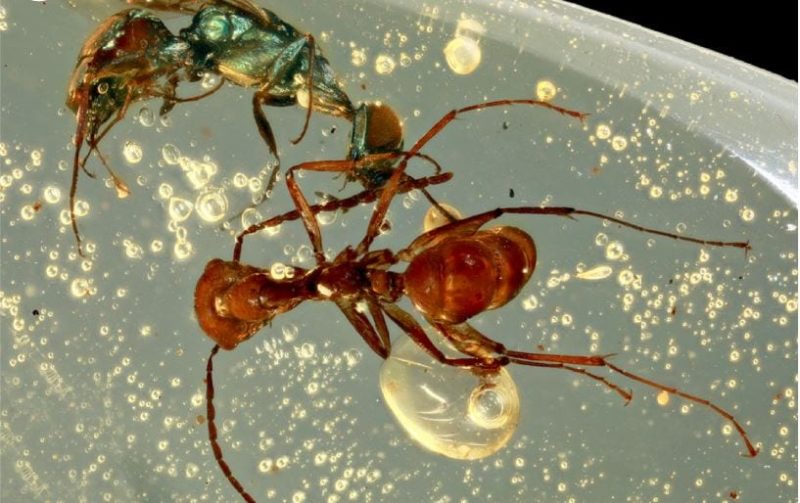

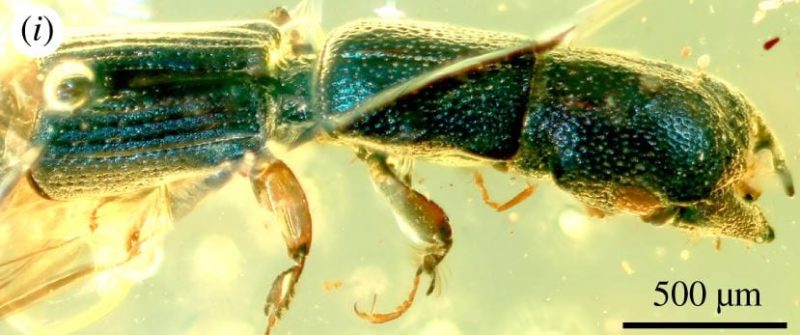

 Ecco i nidi arcobaleno costruiti da una colonia di vespe a cui è stata fornita carta colorata. Un esperimento realizzato da Mattia Menchetti, studente di biologia dell'Università di Firenze… La natura sa come sorprendere! #vespe #carta #cartacolorata #nido #natura #nature #nest #wasp #naturelovers #picoftheday #colors #experiment #MattiaMenchetti @unifirenze #universitadeglistudidifirenze #italy #science #animalbehavior #green #papergreen #paperstuff
Ecco i nidi arcobaleno costruiti da una colonia di vespe a cui è stata fornita carta colorata. Un esperimento realizzato da Mattia Menchetti, studente di biologia dell'Università di Firenze… La natura sa come sorprendere! #vespe #carta #cartacolorata #nido #natura #nature #nest #wasp #naturelovers #picoftheday #colors #experiment #MattiaMenchetti @unifirenze #universitadeglistudidifirenze #italy #science #animalbehavior #green #papergreen #paperstuff . . Stinkbug season in full affect #bughead #Stinkbug
. . Stinkbug season in full affect #bughead #Stinkbug




 —> #cockroach #insect #cockroaches #cucaracha #mosquito #bugs #insects #watchfree #nature #bigmandan #pests #pest #insectsofinstagram #bug #mosquitobites #animal #horror #commandpest #pestagram #insectphotography
—> #cockroach #insect #cockroaches #cucaracha #mosquito #bugs #insects #watchfree #nature #bigmandan #pests #pest #insectsofinstagram #bug #mosquitobites #animal #horror #commandpest #pestagram #insectphotography . . . #makrofotografie #naturfotografie #wunderdernatur #wanzen #nabu #macrophotography #macro_captures #insects #macro_freaks #macro_brilliance #top_macro #igbest_macros #macro_highlight #macro_holic #macroshot #majestic_macros #macro_mood #macroworld #macro_kings #macrolove #macro_maniac #invert_macro #NatGeoDE
. . . #makrofotografie #naturfotografie #wunderdernatur #wanzen #nabu #macrophotography #macro_captures #insects #macro_freaks #macro_brilliance #top_macro #igbest_macros #macro_highlight #macro_holic #macroshot #majestic_macros #macro_mood #macroworld #macro_kings #macrolove #macro_maniac #invert_macro #NatGeoDE